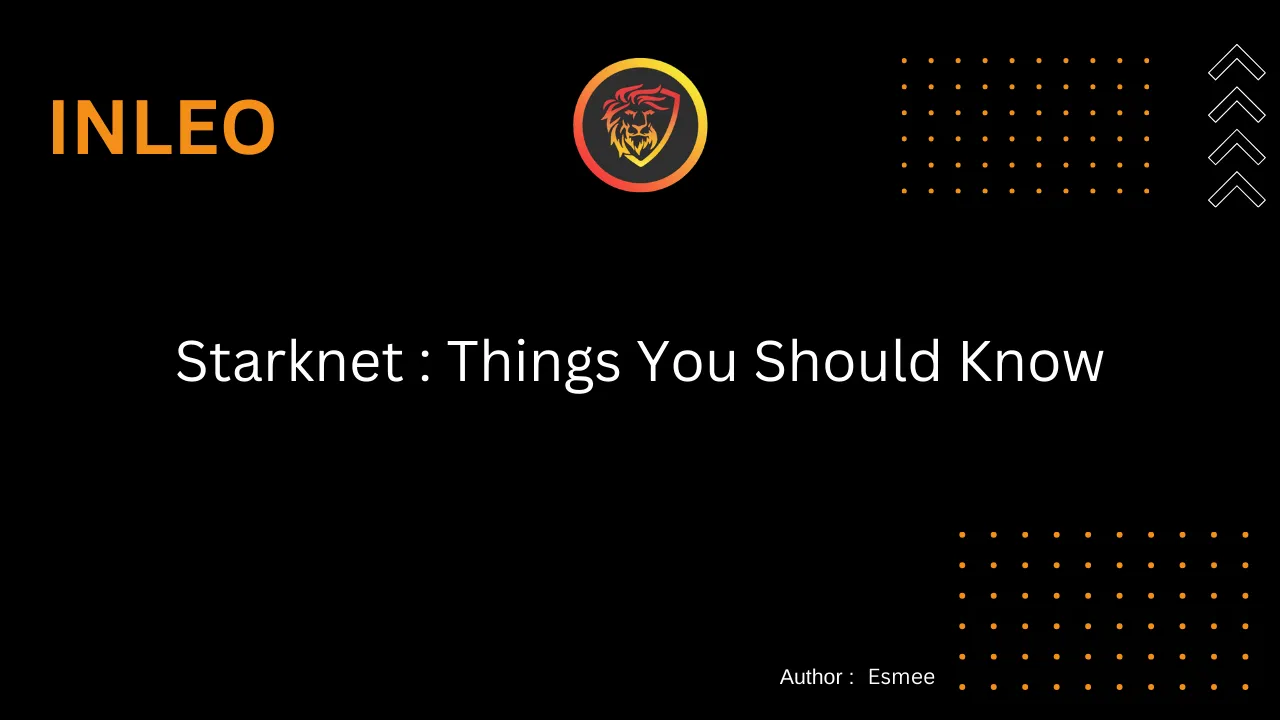Blockchains are like cool kids who act cool till the point where they are pressurized with the load. And then they collpase. This has been problem of almost every blockchain. Be it ethereum, bitcoin, solana and many others. When given too many transaction traffic it just collapses.
In some cases the nodes can handle if more are added and synced. But still that is not a solution as the load continues to rise with the growth. And this is something has been happening with Ethereum for years. Even layer 2 chains have learned to battle this out but the main chain is still struggling.
However there are solutions being developed to handle this. And in case of the ethereum universe it is called as the starknet. This is a new solution worth reading over.
Let's take a look at the Starknet and how does it work for the Ethereum chain.

What is Starknet?
Ethereum network has this concept of rollups. Where say you have tons of transactions to process. In rollups those transactions are combined and then pushed onto the chain. This reduces the ethereum's load and also speeds up the transactions. As only the required load is passed onto the main chain. In case of ethereum this is done by the zkRollups.
Starknet is worked on the same concept. Here the speed and the security is offered when the layer 1 gets the load and they want to be proceesed through the side process and this helps with the scaling and the handling of the congestion. In case of the starknet this being a permissionless network upgrade which works out for the ethereum for rollups transactions.
You can read the technical reference even more in detail here.
What's the difference of zkSync and Starknet?
In previous example, I explained how zkRollups work with the sync. And also explained how they are being used in the same process like the starknet. So the natural question comes in that how they are different and how they are being chosen in which context for the usage scenario. So let's take a look at the comparison between the two.
In case of the zkSync you may notice that the zkrollups does the bundling of the transactions and then it settles it on the ethereum chain. In case of the starknet the bundling, security, settlement happens off the chain and only the layer 2 level settlement happens and which kind of takes care of the scaling issue and load is adjusted by the layer 1 chain.
zk-STARK, This is a new solution?
When the rollups happen the bundling and the compression of transactions happen under a protocol called as a proof. And in case of the zkRollups this happens on the chain while the starknet does this off the chain. This lead to the solution named as the zk-Stark. As large number of transactions are processed here the cost of the overall bundle reduces a lot on the ethereum chain.
In case of the zkStark there are sequencers and the provers. In case of the sequencers there are large number of transactions that happen and the blocks are proposed. In prover side there are validity of the transactions that happen on the ethereum chain. There will be tokens in this network of it's own named STRK. Transaction fees, governance and staking is being taken care of in this network.
Starknet is a new approach for the rollups but it being a more non open approach, there would be some resistance towards the acceptance of it in the private chains. But this would change when the Ethereum foundation accepts it's open source model and then we would see faster ethereum transactions with lesser fees.